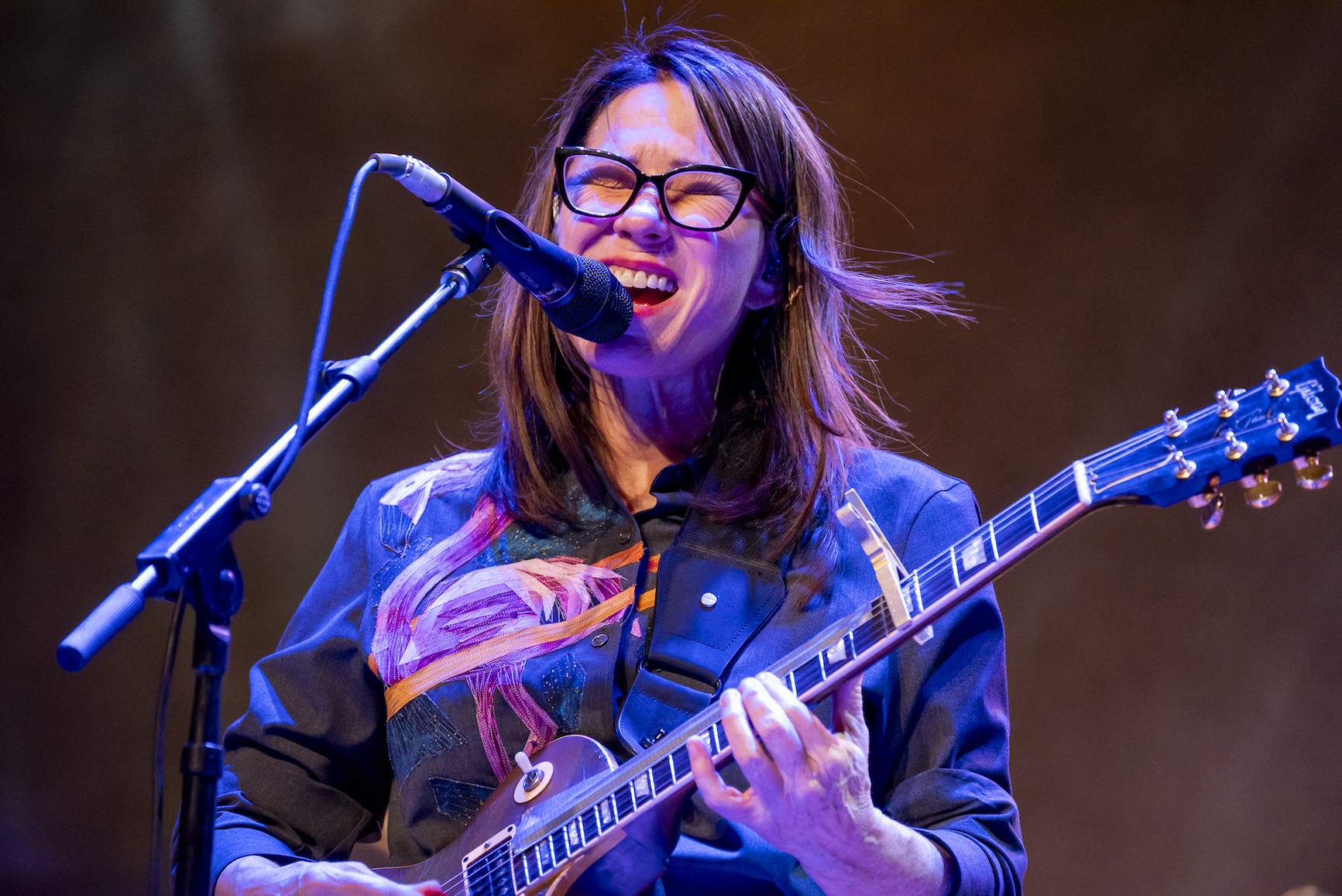Based on a few significant biographical facts, it’s to be assumed that Paul Sara excels at befriending talented people. Performing under the moniker of Solpara, he met house producer and Darkside member Nicolas Jaar in middle school at the Lycée Français de New York. In an interview with Inverted-Audio, Sara said he accidentally walked into the same practice room where Jaar was playing piano. They formed a gypsy trip hop project with friends that will never be heard, parted ways, but never lost touch. Next week Solpara will release his debut EP, Swing, on Jaar’s Other People imprint.
Solpara is based in New York, but the Swing EP was written while Sara lived with a communal group in Montreal known as the Booma Collective, of which he is a founding member. The apartment doubled as a venue dubbed The Furnace and it was here that Solpara gained its footing as an organic exploration of mineral-rich, deep house. On “Vitamin D”, for example, Solpara cultivates a warmth in the low end that balances out the syncopated rattle with magnified echoes like a pebble pinging down an air vent. There is no denying the frigid indifference of Solpara’s electronic orchestration, conveyed resolutely in the vast icy waters of the album art, but counter measures are taken to create an inviting warm space within the sound. It’s of no surprise the Swing EP was written in a Montreal winter, whether you know the feeling or have assumptions, the environmental influence is felt.
Read on for an interview with Solpara on signing with Other People and the influence of the Booma Collective.
In the five years that you’ve operated as Solpara, how has the project evolved and what were some pivotal moments that helped you arrive at the sounds found on the Swing EP?
I think the project has evolved from a more acoustic and organic sound to something a bit more mechanic and hypnotic… It’s hard to say exactly as I think it’s also subjective.
In terms of pivotal moments, there are many, but each and every Booma Collective show that we organized was a learning experience in terms of sound, venue, lighting, and visuals. Each show was organized from scratch so after every show it was like: what can we do differently? How can we make this more interesting? What happens if we do a live set together? What happens if we turn this red light on? What if we play ambient music for the first three hours?
We had this freedom to experiment with stuff like that and sometimes it worked and sometimes it didn’t, and those were pivotal moments for finding that experimentation and evolution.
The way in which you know Nicolas Jaar is rather happenstance and building up on that crossing of paths. As Solpara grew as a project (same with Booma Collective), when did the offer to be on Other People come from him?
Just about a year ago, I shared earlier demos of “Swing” and “Seahorses” with Nico and he thought both those tracks would be a good base upon which to build an EP. We listened to other demos that were made that semester and both agreed that we could put a five track EP together for the label.
You’ve said that the EP was not intentionally written to be a body of work, but that it was written in the same time frame. What were some of the influential factors that shaped the sound in this time frame?
Many things were happening during that time in Montreal: It was the end of a great summer for the Forbidden Planet parties, We (Booma Collective) were putting out our first record (Oren Ratowsky’s Interstate 87) and we had a show with our first out of country guest artists: Konstantin, Kettenkarussell and ATEQ from the amazing Giegling label. I had graduated and there was no going back to uni that year. All those things were boiling inside my head, music wise.
Simultaneously, the venue “La Brique” closed down for good and that was one of the most amazing venues to hear experimental music and techno. Other venues were keeping low so there wasn’t much going on, event wise, in my neighborhood. It made sense to stay home and make music.
Do you feel as though there was something that bound the work subconsciously?
Probably the weather and my mood at the time. It was raining a lot, and it was cold rain…
How has having a communal space benefited the recording process, specifically for this EP? Were there distractions as well?
The distractions and the benefits were the same thing. In that apartment where “The Furnace” was, during that time frame, there were three deejays (Paul Trafford, Jurg Haller, Oren Ratowsky) and two visual artists (Julia Borderie and Lara Vallance) living in the duplex. Sometimes you would walk into the living room and it would be filled with drawings and paintings scattered all over the place, and then, down the hallway, four different types of music were blasting out of four different pairs of speakers. When everybody was active, there was a lot of crazy energy in the house, both good and bad for concentration, but in the end I thought it was amazing and inspiring. At times, it was cacophonic and at others very quiet….
Solpara’s Swing EP is out January 26 on Other People.







